Creating a Zen garden: Easier than you think!

Create Japanese Zen Garden: Easier than you think!
Creating a Japanese Zen garden sounds like something strange and impossible, at least for many people. We’re here to prove that this is not so complicated. Would you like to hear our presentation about it?
The main elements that you need for Zen gardening
As a result, the Japanese Zen Gardens look very artful and full of interesting symbols.
But the materials they need to be created from are by no means so many. Without stones and water you can not create a Japanese Zen Garden. In the garden there are no bright color accents. Everything is based on the use of natural forms and textures. These are above all stones, wood and leaves.
The plants in the Zen garden
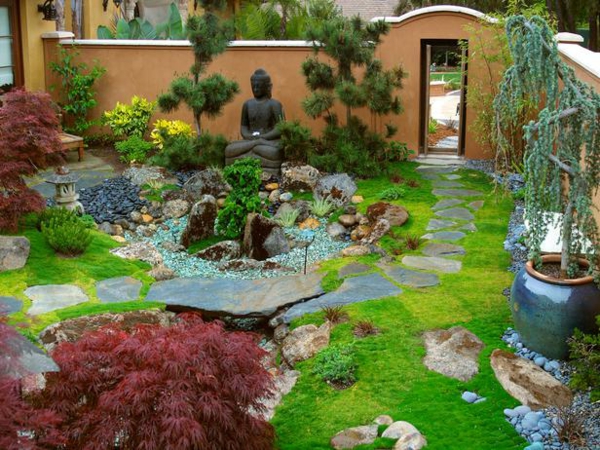
When creating the Zen garden, the colorful and varied plants play a less important role. Trees, bushes and bamboo are the basis in this case. The very clever cutting of the branches plays a primary role. They would have to be beautifully shaped, but at the same time look very natural.
Pine in the garden
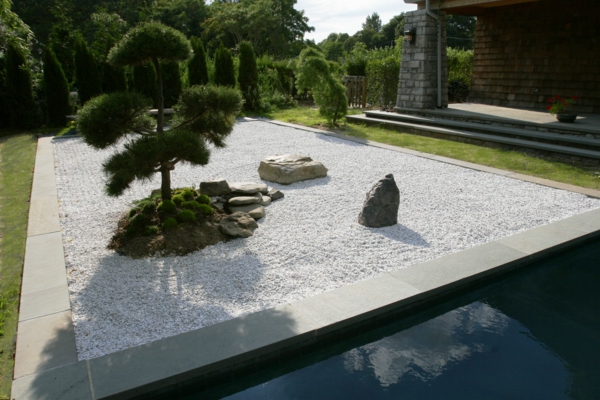
Evergreen pine trees are a great gardening element, which you should definitely consider when using Japanese Zen garden. These are evergreen trees that are very popular among the Japanese. However, it is important that the growth of these garden plants is kept to a certain height. It should be between 3 and 5 meters.
The water source

The water source occupies a central position when creating the Zen garden. You should best surround these with bamboo. He makes by the wind for a great sound, which wonderful also contributes to meditation.
Everything has to make sense
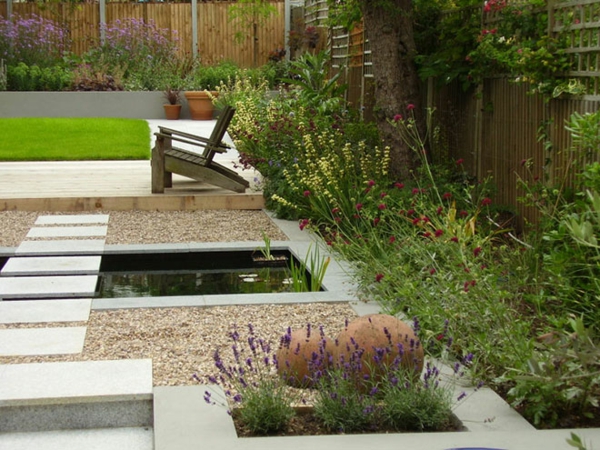
The good understanding goes to the Zen garden mooring in advance. Because this type of design is created thanks to Zen Buddhism and its philosophy. So of course they have a deeper meaning.
The stones are not arranged chaotically at all. They represent the mountains and hills in the nature. The sand in turn symbolizes the flowing water and more specifically the waterfalls. It is believed that through the design, all the beauty of the cosmos can be brought together in a small box.
The flowers in the Japanese Zen garden
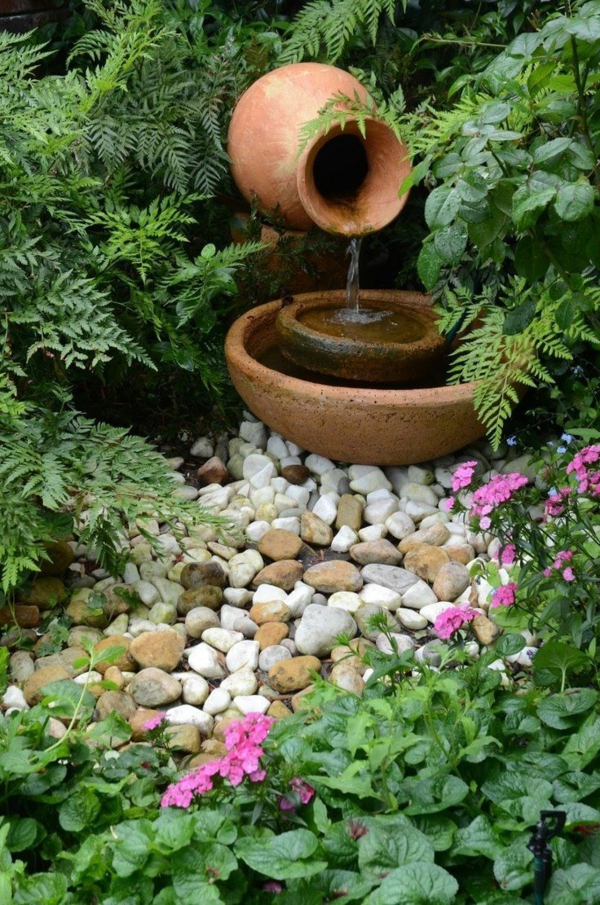
The planting of the Japanese garden can include many different typical plants. It can be said that in addition to the mystical use of the stones, these represent another typical feature. While the differences to the European garden are above all conceptual, flowers and plant species are the distinguishing feature of the Chinese style.
Japanese gardens are home to flowering cherry trees, azaleas and irises. However, if you choose this colorful variant, you are more likely to follow Shintoism and stand out a bit from the Buddhist idea.
If you want to be strictly Buddhist, then you can only bonsai, moss, bamboo and stones.
When we’re at the moment
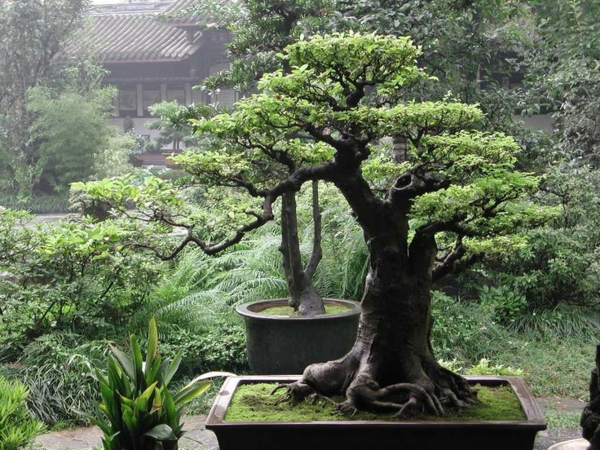
If you know the meaning and the main elements, then you just need some clear examples of what you could duplicate. The purely material Zen garden-mooring is therefore not that difficult. You would only need to know the symbolic meaning of each stone, so to speak, to represent your own mini universe that will most contribute to your inner harmony.
To help you a bit with this project, we want to tell you even more history. We believe that through this knowledge, Zen gardening will be even more successful.
Decorative motifs of stones
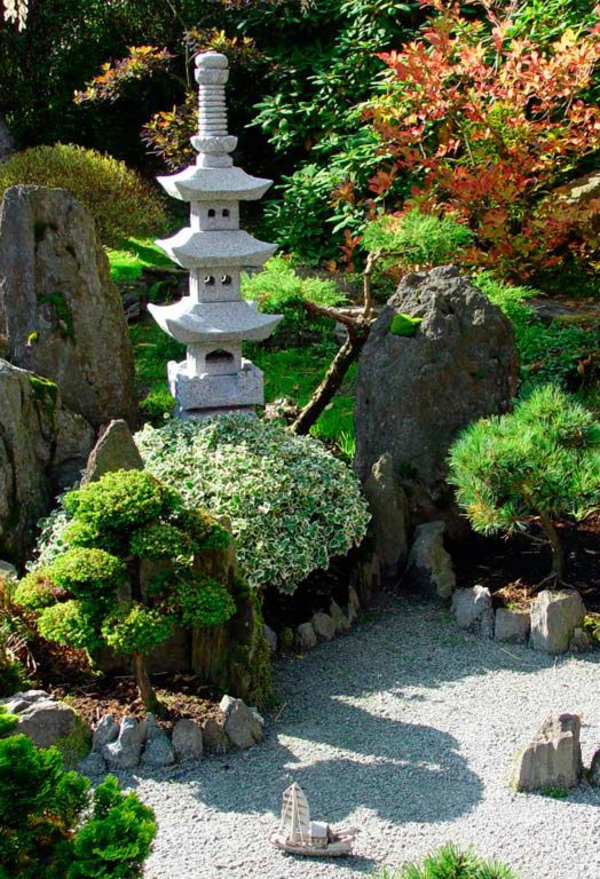
The tradition associated with the Japanese Zen garden dates back to the 14th century. The aim of this garden design was then and is still the same today, namely to represent the whole universe in a limited area.
To achieve this effect, many different techniques have been developed. As already mentioned, there was a similarity between the sand and the water basin. The rocks are rocks, islands and mountains, depending on where they are positioned. It is important that one also gets an enlightenment through the consideration of the so represented mini universe. That’s why they became an integral part of the Buddhist monasteries that were started back then.
Typical scene from Japan

Moss wall decoration in Japanese style
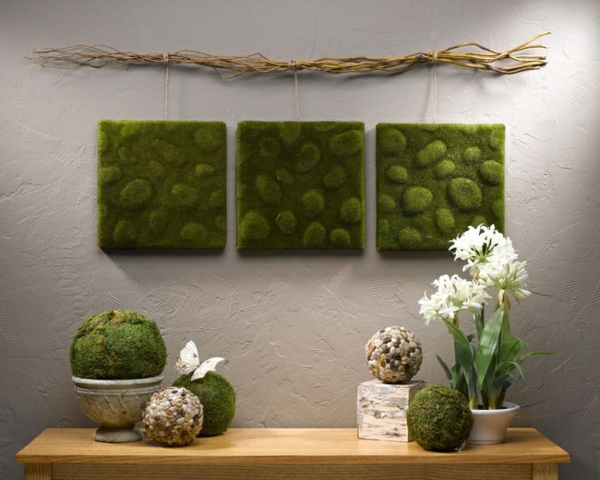
Puristic and minimalist
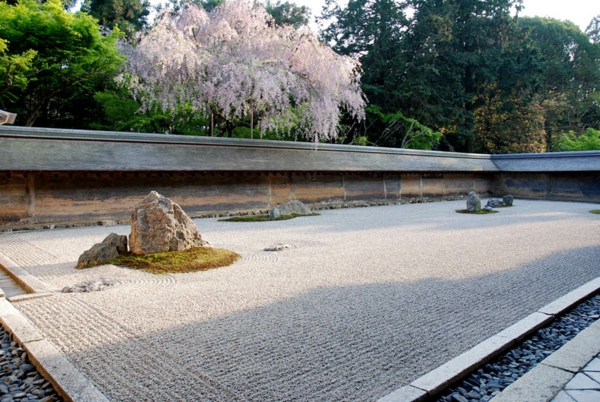
Fresh plants in the water garden
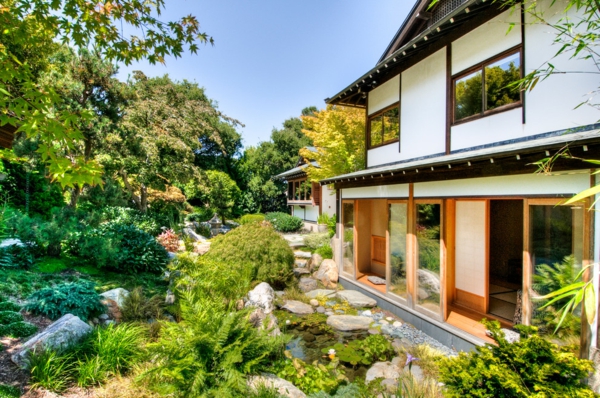
Exotic plant species and garden sheds as bathrooms
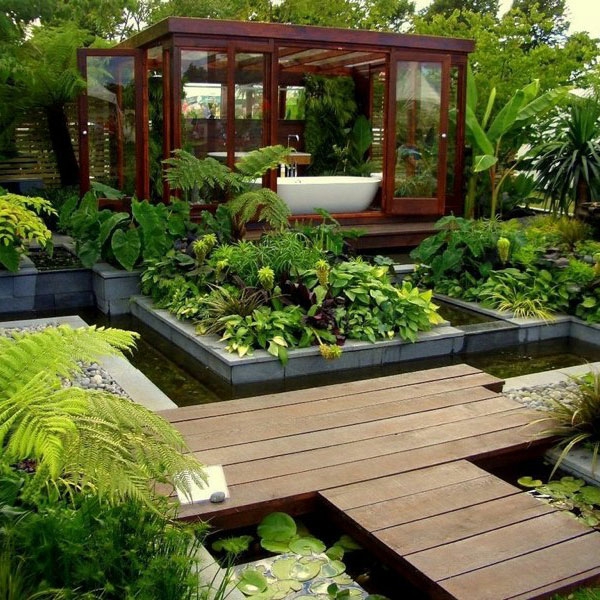
Ornate candles shaped like boulders
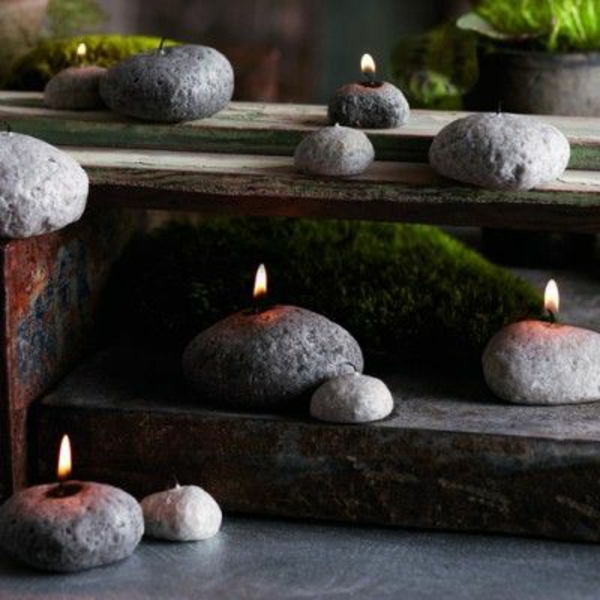
Interior garden equipped with water system 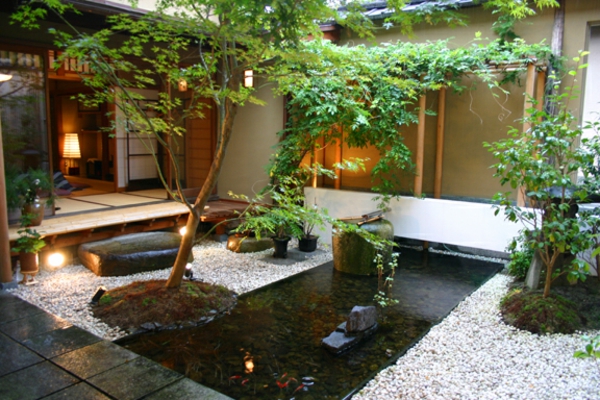
Rain shower as an attractive touch in the garden
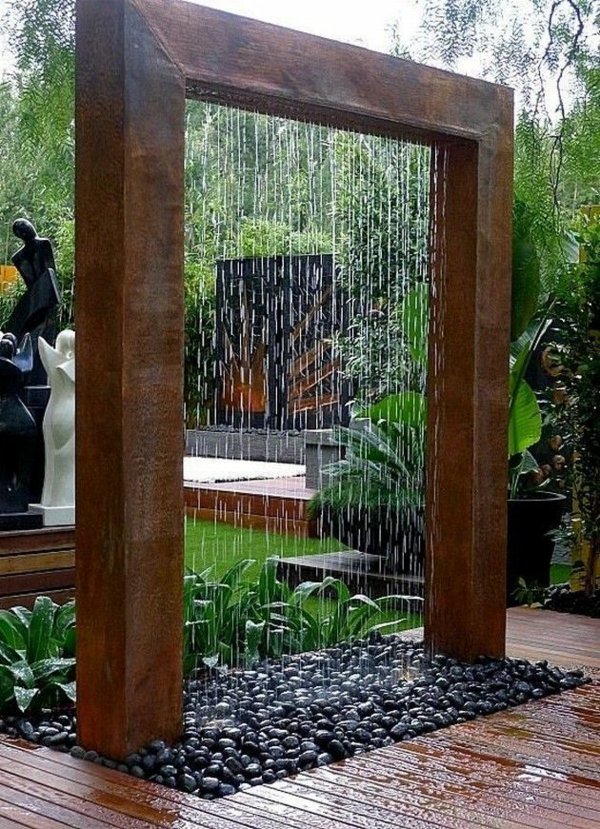
Quite simple and gorgeous at the same time

Wood flooring in the backyard
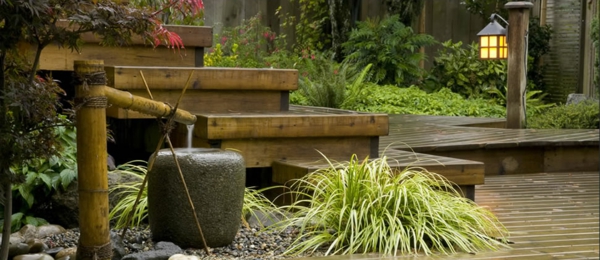
Modern and Japanese combined
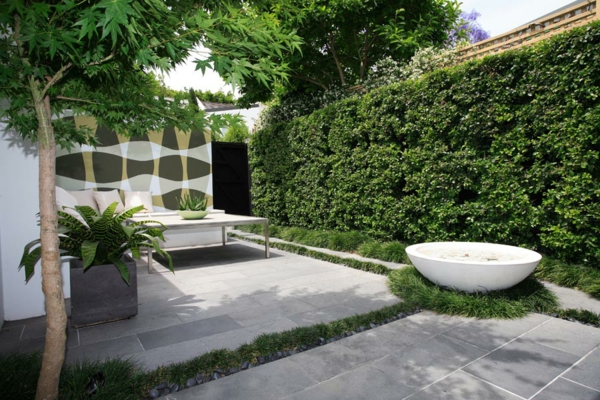
Zen garden made of natural materials 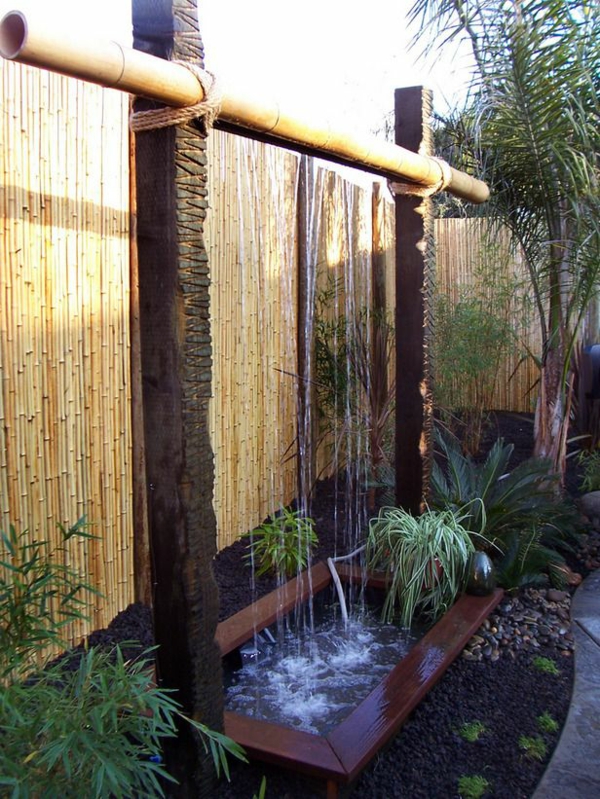
Garden statues and sculptures
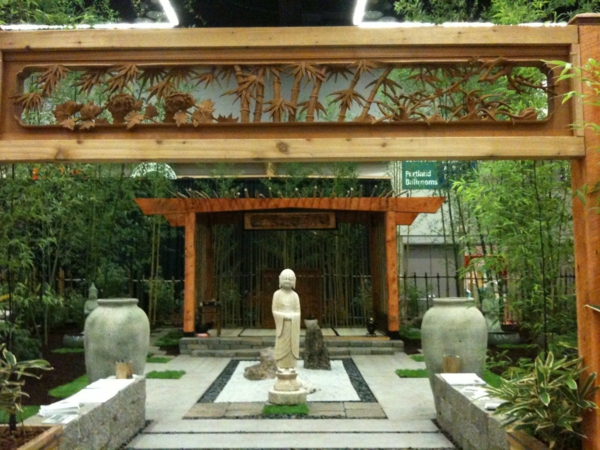
Zen environment
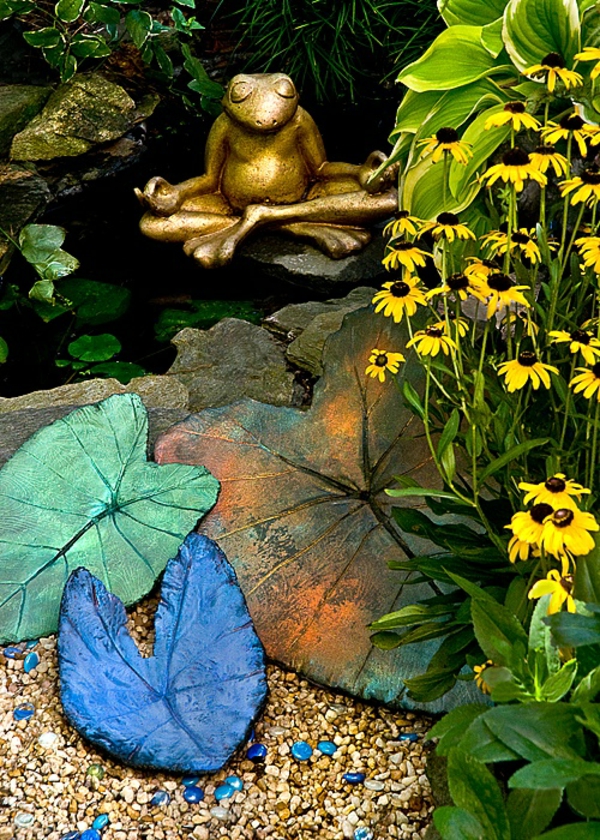
Buddha illustration 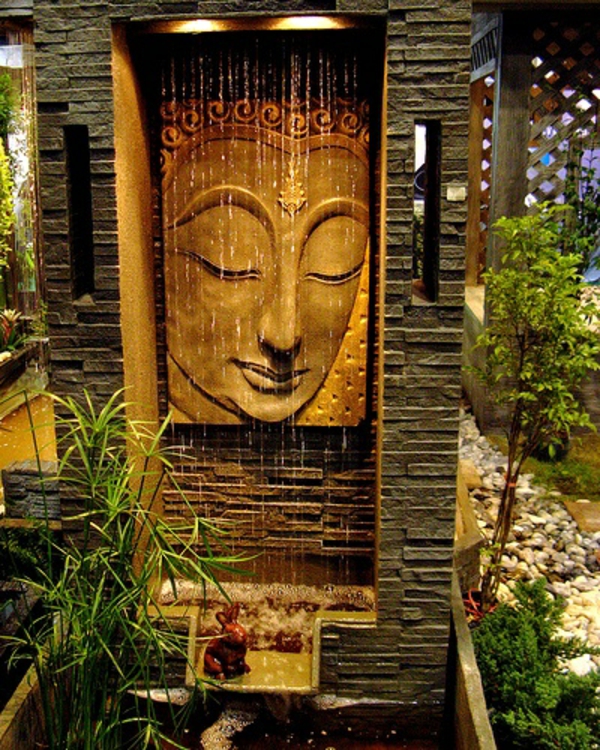
Japanese hearth
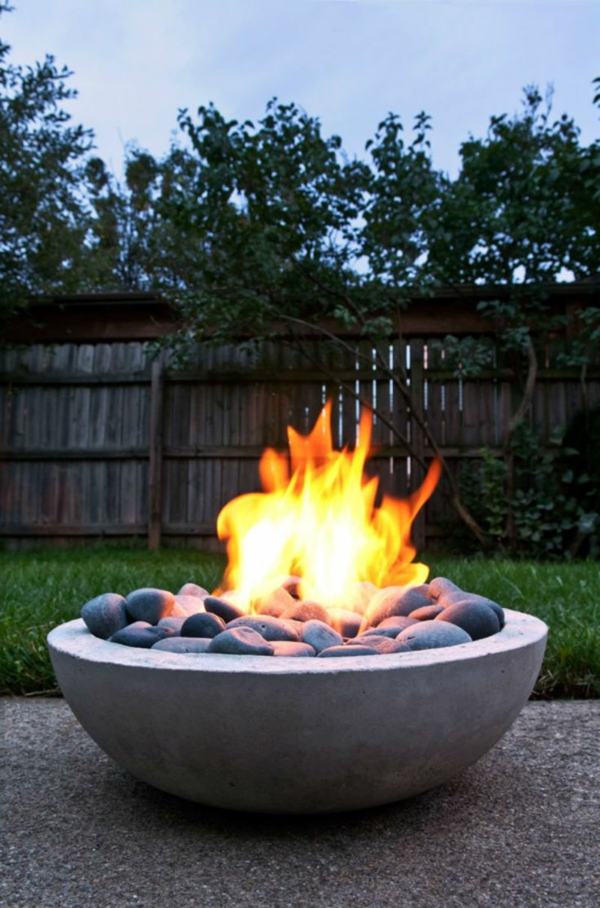
Zen garden in the house 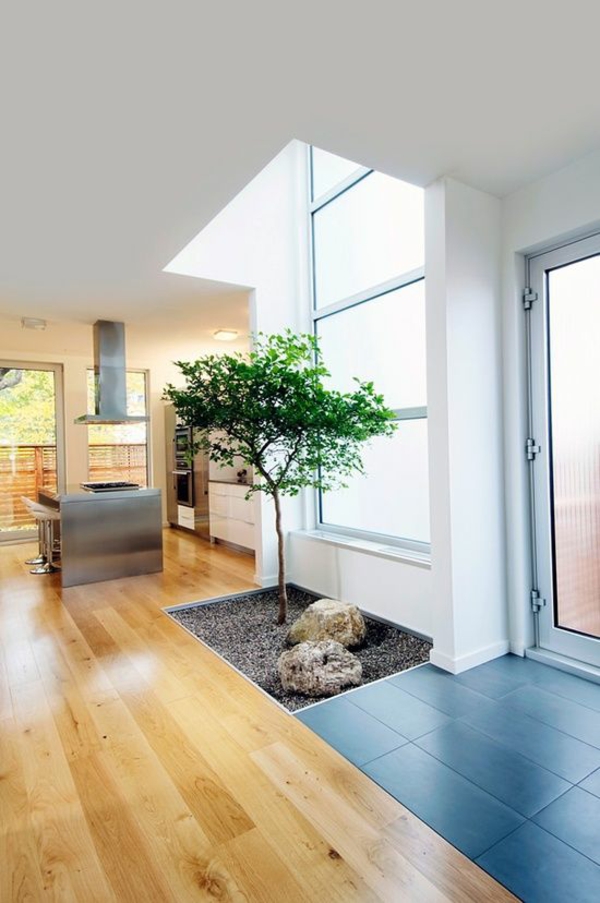
Exotic and unusually ordered
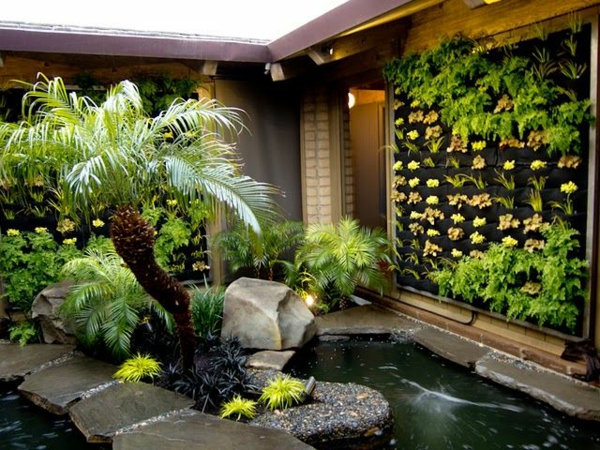
Great, gorgeous water lilies
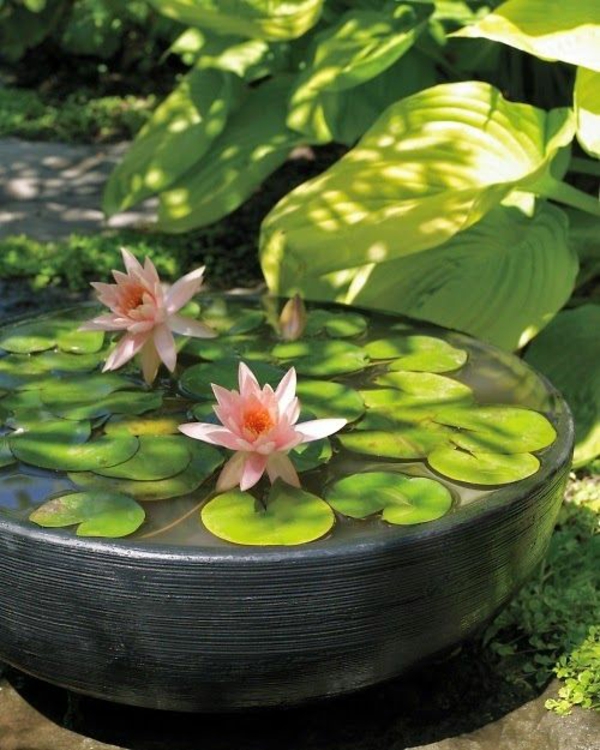
Waterfall as a striking inset
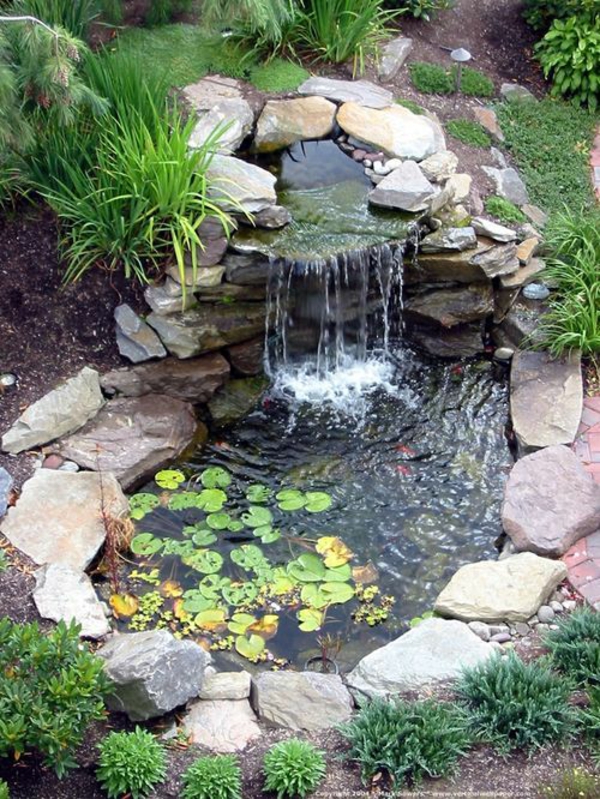
Pond full of koi

